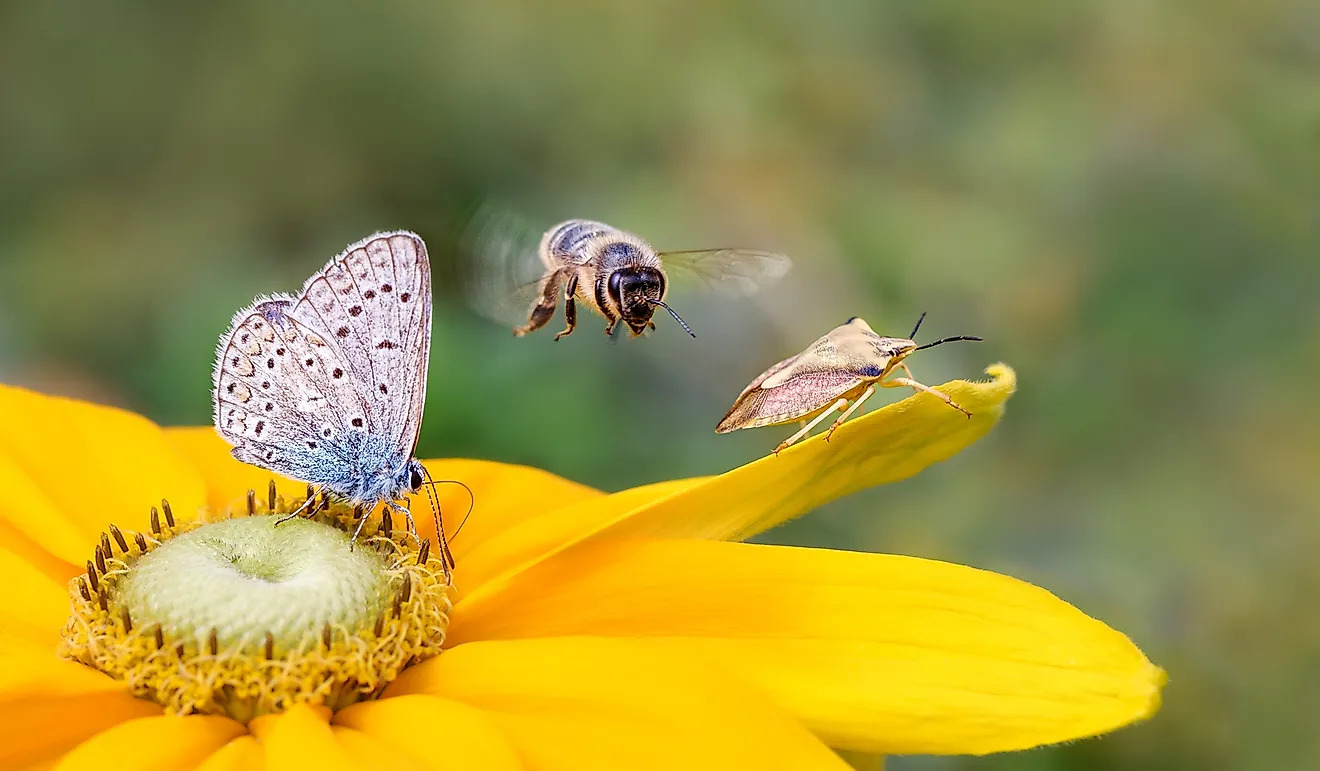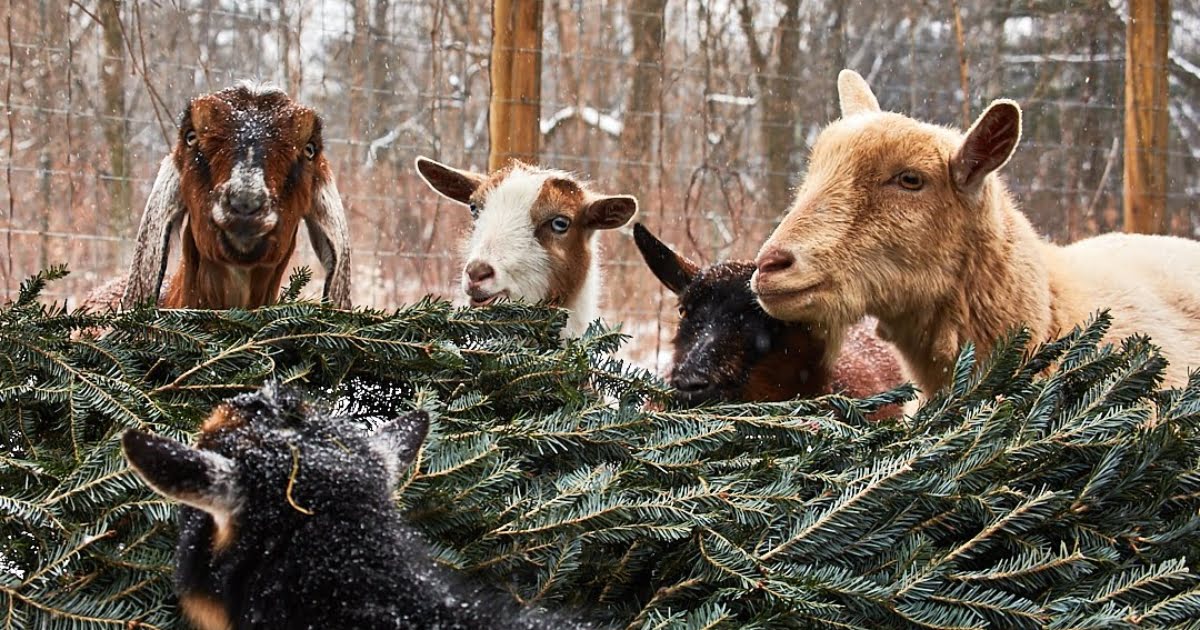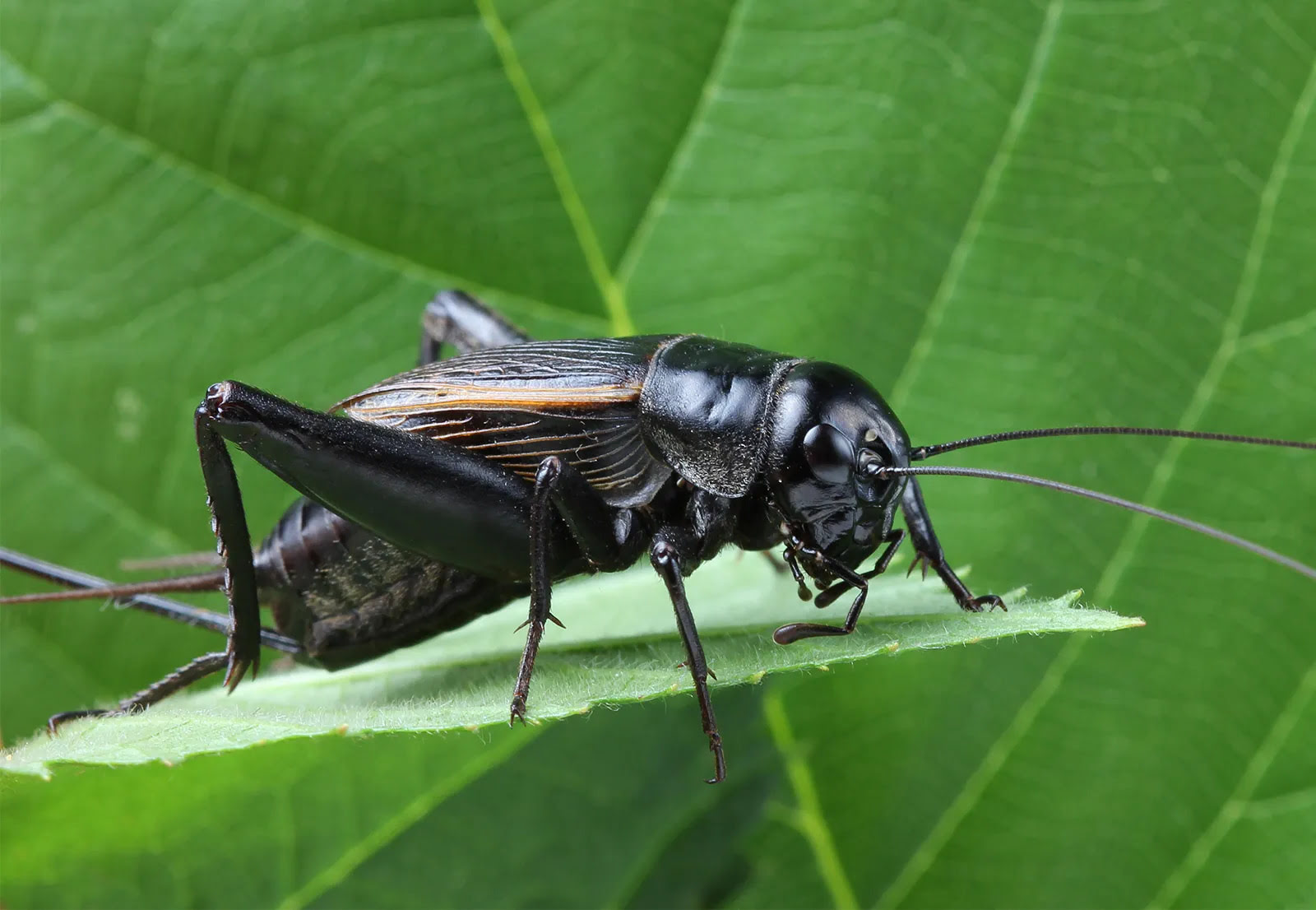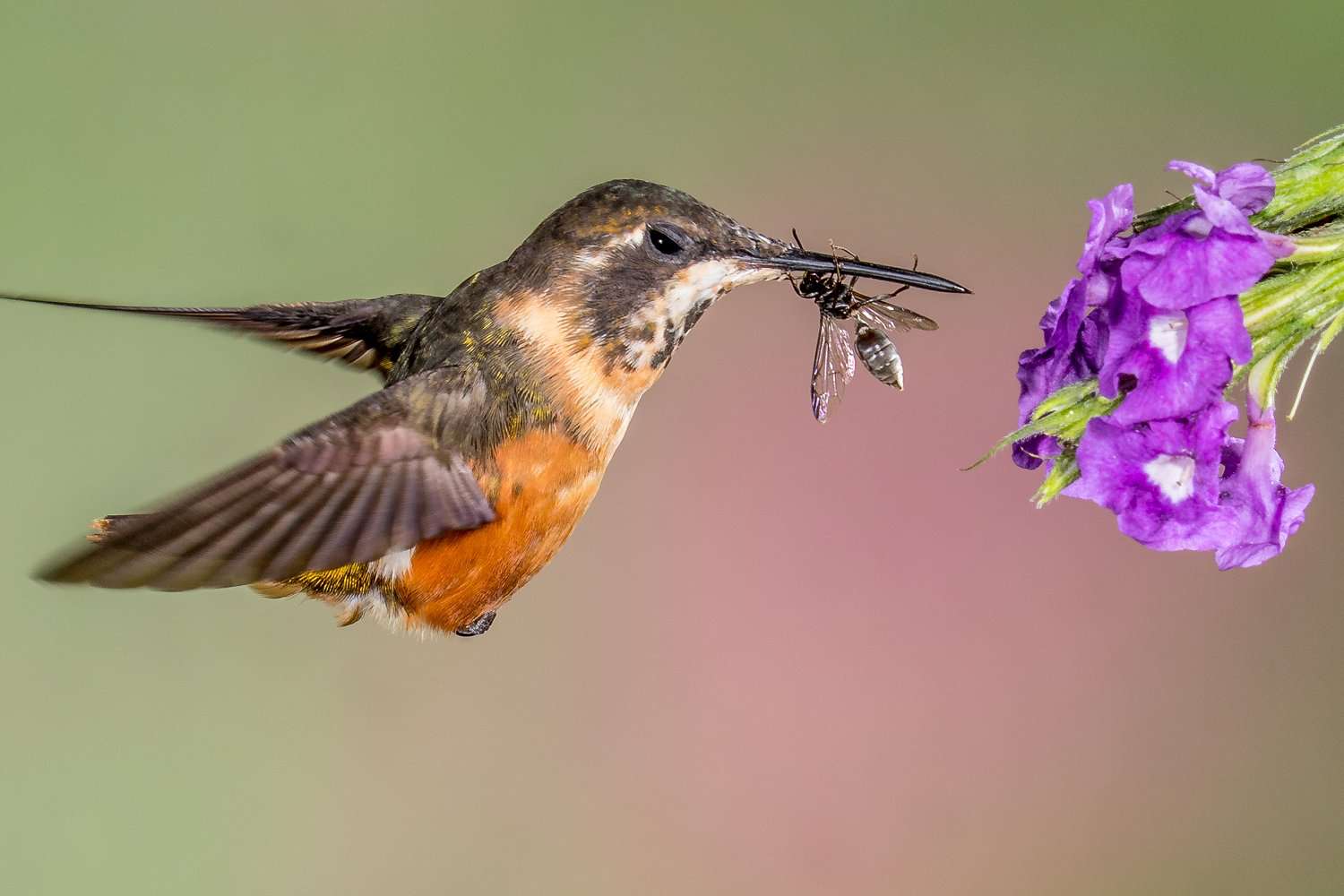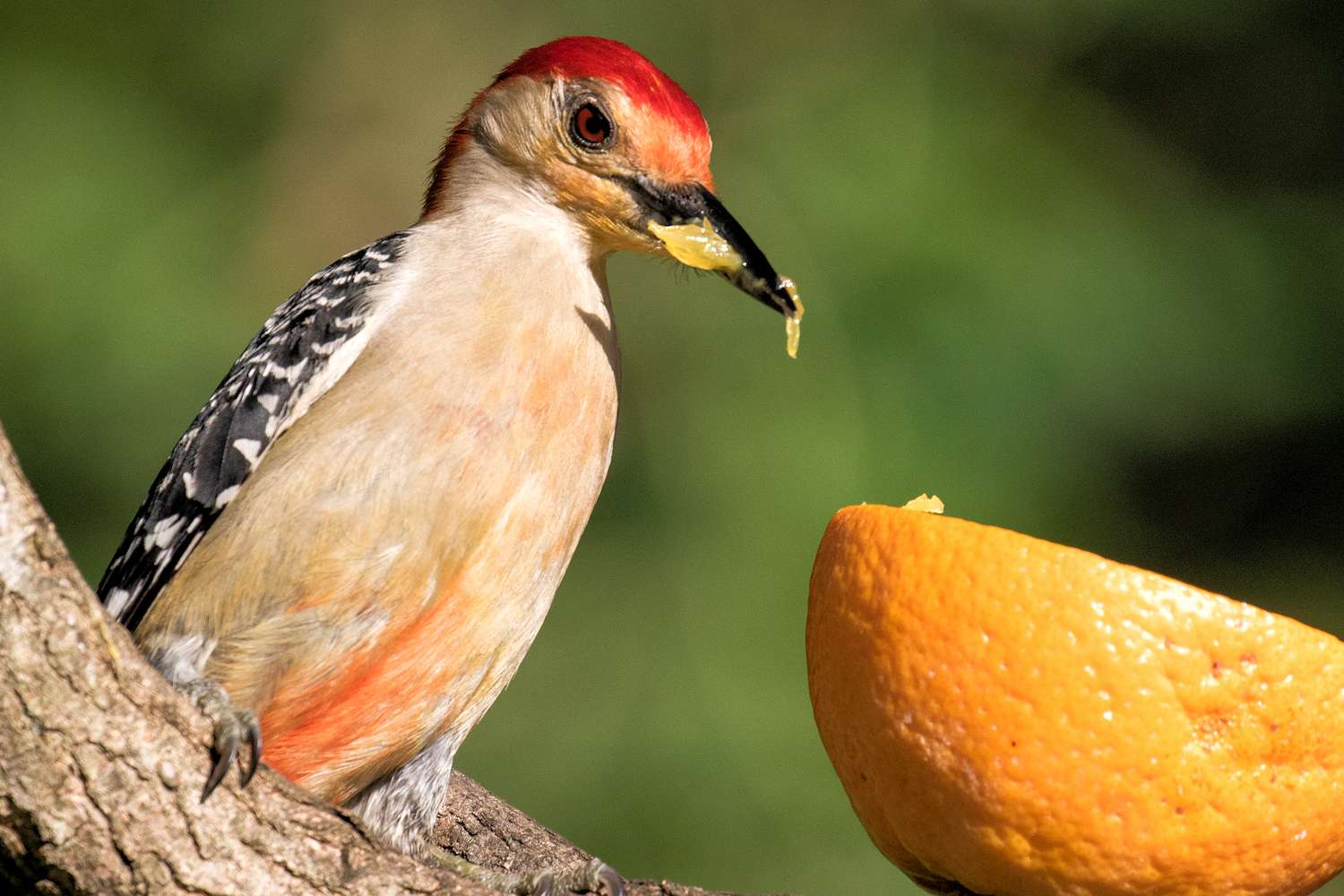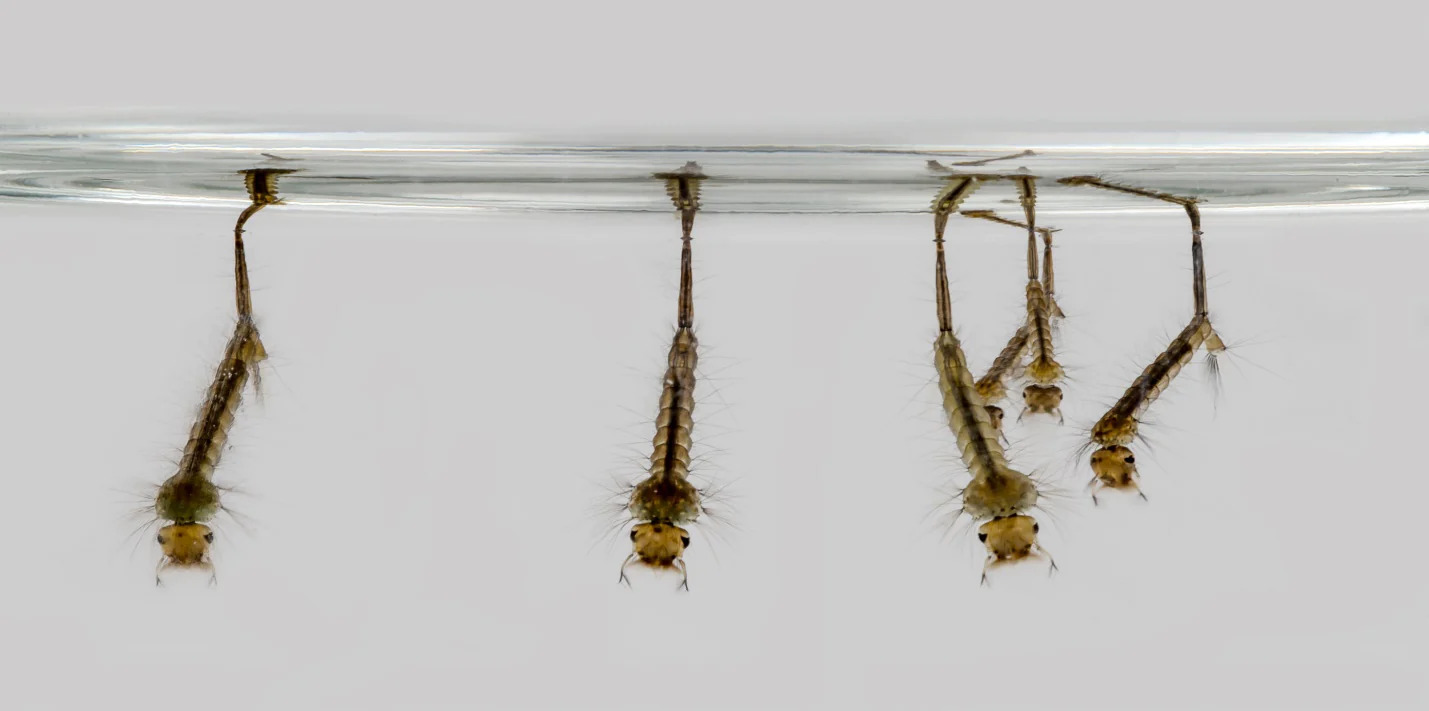Home>Gardening News and Trends>Latest News>What Do You Call An Animal That Eats Insects
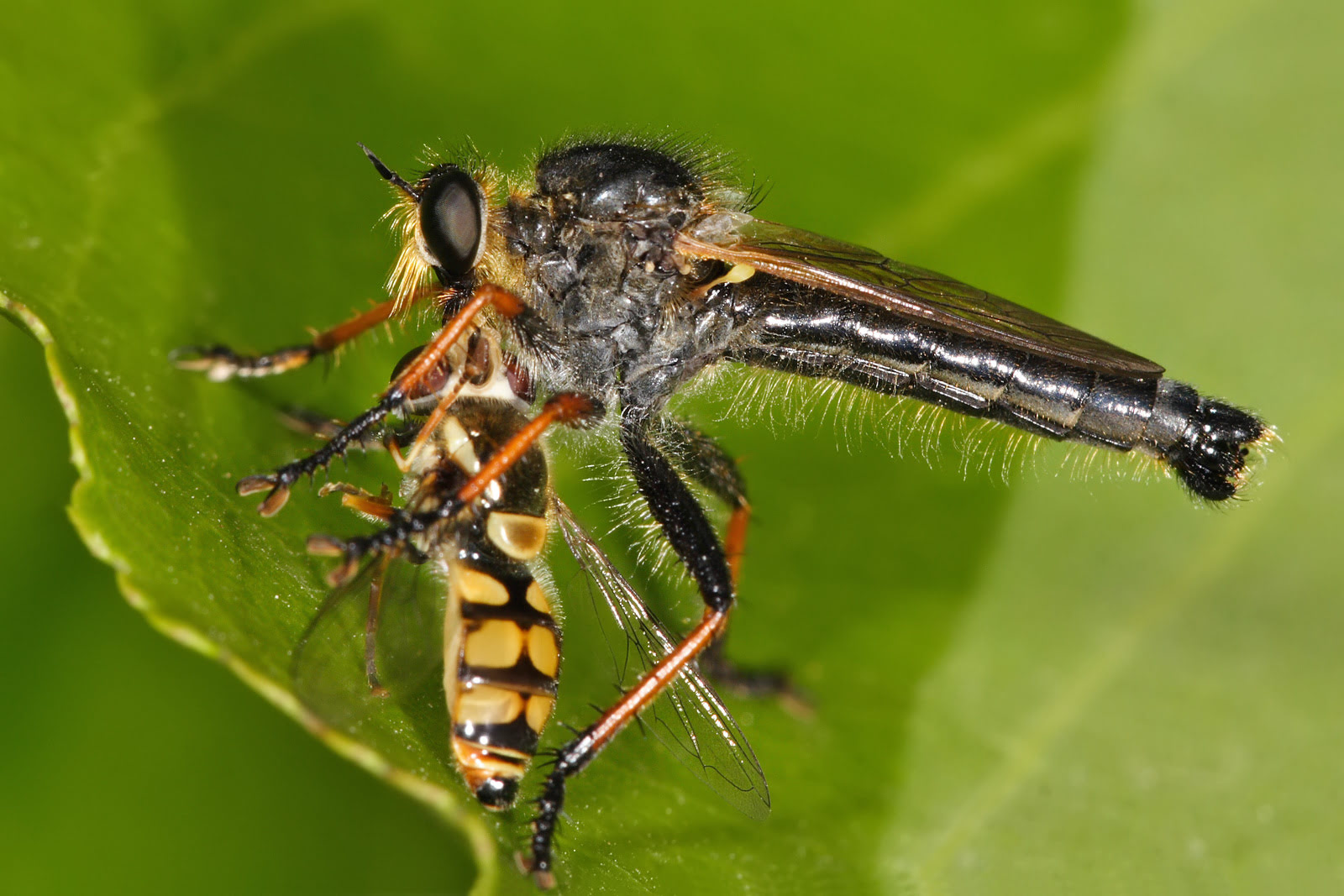

Latest News
What Do You Call An Animal That Eats Insects
Modified: January 22, 2024
Discover the Latest News about Animals That Eat Insects and learn what they are called. Explore fascinating facts and information about these unique creatures.
(Many of the links in this article redirect to a specific reviewed product. Your purchase of these products through affiliate links helps to generate commission for Chicagolandgardening.com, at no extra cost. Learn more)
Table of Contents
Introduction
Have you ever wondered what to call an animal that eats insects? These fascinating creatures play a crucial role in the ecosystem by keeping insect populations in check. From birds and frogs to bats and anteaters, there are numerous species that have developed a specialized diet centered around consuming insects. In this article, we will explore the various terminologies used to describe insect-eating animals and delve into the importance of their presence in our ecosystems.
Insect-eating animals, also known as insectivores, have evolved unique adaptations that allow them to feed on a steady diet of insects. These adaptations can range from specialized beaks and tongues to efficient digestion processes specifically designed for breaking down and extracting nutrients from insects.
Despite their diverse characteristics, insect-eating animals share a common objective: to capture and consume insects as a primary food source. While some may exclusively rely on insects for sustenance, others incorporate insects into a broader diet that includes other small prey or vegetation.
Understanding the various terminologies used to describe these insect-eating animals can be quite fascinating. Depending on the species and their specific preferences, different names are used. These names not only encapsulate their dietary habits but also reflect their unique adaptations and behavioral patterns.
Join us as we embark on a journey through the world of insect-eating animals, discovering their different names, adaptations, and vital role in maintaining balance within our ecosystems.
Definition of an Insect-Eating Animal
An insect-eating animal, also referred to as an insectivore, is a species that primarily feeds on insects as its main source of nutrients. These animals have evolved various physical and behavioral adaptations to effectively capture, consume, and digest insects.
Insect-eating animals can be found across a wide range of habitats, from forests and grasslands to wetlands and deserts. They come in various shapes and sizes, from small birds and mammals to reptiles and amphibians. Insects provide an abundant and readily available food source, making them an attractive dietary option for many animals.
One distinguishing characteristic of insect-eating animals is their specialized anatomical features. For example, birds such as swallows and flycatchers are equipped with sharp beaks and agile flight abilities, allowing them to catch flying insects in mid-air. Some animals, like anteaters and aardvarks, have long tongues and powerful claws, enabling them to dig into the ground and extract ants, termites, and other subterranean insects.
Another key aspect of insectivore behavior is their hunting strategy. Many insect-eating animals are active during twilight or nighttime when insects are more plentiful. This nocturnal behavior maximizes their chances of encountering insects and reduces competition with diurnal predators. Some insectivores, like bats, rely on echolocation to locate and capture their prey in the dark.
In addition to their physical adaptations, insect-eating animals also possess specialized digestive systems. Insects are rich in proteins, fats, and other nutrients, but they can be tough and challenging to digest. To overcome this, insectivores have developed unique digestive enzymes and processes that enable them to break down insect exoskeletons and extract maximum nutrition from their prey.
The role of insect-eating animals in ecosystems is essential. By feeding on insects, they help control and regulate insect populations, preventing outbreaks and maintaining ecological balance. Insects, if left unchecked, can cause significant damage to crops, spread diseases, and disrupt delicate food chains.
Overall, insect-eating animals play a vital role in supporting the health and stability of ecosystems. Their ability to efficiently utilize insects as a food source showcases their fascinating adaptations and demonstrates the intricate interconnectedness of different species within nature’s web.
Common Terminology for Insect-Eating Animals
When it comes to insect-eating animals, there are various terms used to describe these fascinating creatures based on their dietary preferences, adaptations, and behaviors. Let’s explore some of the common terminologies associated with these insectivorous species:
Insectivores: This is the general term used to describe animals that primarily feed on insects. Insectivores can include a wide range of species, such as birds, mammals, reptiles, and amphibians.
Entomophagous: Derived from the Greek words “entomon” meaning insect and “phagein” meaning to eat, entomophagous refers to an organism that feeds on insects as its main source of sustenance.
Insectivorous Birds: Certain bird species have developed specialized adaptations for capturing and consuming insects. These include swallows, flycatchers, nighthawks, and insectivorous warblers. They have pointed beaks and agile flight abilities that allow them to snatch insects while in mid-air.
Insectivorous Mammals: Some mammals have evolved to be insectivorous. Examples include bats, which feed on insects such as mosquitoes and beetles, and anteaters, which use their long tongues to extract ants and termites from mounds.
Anteaters: These mammals, including the well-known giant anteater, have long snouts and tongues specifically adapted for feeding on ants and termites. They use their powerful forelimbs and claws to break into insect nests.
Myrmecophagy: Referring to the consumption of ants, myrmecophagy is a term often used to describe animals that have a specialized diet centered around ants. This includes anteaters, pangolins, and certain species of birds.
Piscivorous: While not exclusively insectivorous, some animals, such as certain species of birds like herons and kingfishers, are primarily piscivorous, meaning they feed on fish. However, these animals may also consume insects as part of their diet.
Insect-Eating Amphibians: Many species of frogs and toads consume insects. This includes tree frogs, which catch insects with their sticky tongues, and bullfrogs, which are known to prey on various insects in and around water sources.
Insect-Eating Reptiles: Some reptiles, particularly lizards and geckos, have a diet that consists mainly of insects. They have sharp teeth and quick reflexes that enable them to capture and consume small insects.
These are just a few examples of the common terminologies used to describe insect-eating animals. Each term reflects the unique adaptations and dietary preferences of these species, showcasing the incredible diversity and specialization found in the natural world.
Examples of Insect-Eating Animals
There are numerous fascinating examples of insect-eating animals found in various ecosystems around the world. Let’s explore a few of these remarkable creatures:
Bats: Bats are one of the most well-known insect-eating animals. They play a crucial role in controlling insect populations, especially night-flying insects like mosquitoes and beetles. Some species of bats can consume thousands of insects in a single night.
Anteaters: Anteaters, particularly the giant anteater, have a highly specialized diet consisting almost entirely of ants and termites. Equipped with long snouts and tongues, they can quickly extract insects from their nests, consuming thousands of tiny insects in a single feeding session.
Birds: Many species of birds have their diets centered around insects. For example, flycatchers use their aerial acrobatics to catch insects in mid-air, while woodpeckers forage for insects found in bark. Hummingbirds rely on nectar, but they also consume small insects as a source of protein.
Frogs and Toads: These amphibians are known for their insect-eating habits. Some frog species have sticky tongues that they use to catch insects, while others have powerful jaws for capturing larger prey. Frogs and toads help control insect populations, especially in wetland habitats.
Lizards and Geckos: Many species of lizards and geckos have a diet consisting primarily of insects. Their quick reflexes and sharp teeth allow them to capture and consume a variety of small insects, such as flies, crickets, and spiders.
Praying Mantises: These fascinating insects are voracious predators that feed on a wide range of other insects. With their sharp forelegs, they seize and hold their prey before consuming them. Praying mantises are known for their stealthy hunting techniques and their ability to blend in with their surroundings.
Pangolins: Pangolins are unique insect-eating mammals covered in protective scales. They primarily feed on ants and termites, using their long tongues to lap up the insects they find. Pangolins act as an effective natural pest control, helping to regulate the populations of these insects.
Dragonflies and Damselflies: While not animals that solely eat insects, dragonflies and damselflies are important predators of flying insects, including mosquitoes and flies. With their incredible flight agility, they snatch insects out of the air and consume them as part of their diet.
These are just a few examples of the diverse array of insect-eating animals found in different ecosystems. Each species has its own unique adaptations and behaviors that allow them to thrive by preying on insects, making them essential contributors to the balance and functioning of their respective habitats.
Importance of Insect-Eating Animals in Ecosystems
Insect-eating animals play a vital role in maintaining the delicate balance of ecosystems. Their presence and feeding behavior have profound impacts on insect populations and the overall health of the environment. Here are some key reasons why these animals are essential:
Natural Pest Control: Insect-eating animals serve as natural pest controllers by keeping insect populations in check. Insects, if left uncontrolled, can cause significant damage to crops, gardens, and forests. By preying on insects, these animals help prevent outbreaks and reduce the reliance on pesticides, promoting sustainable and eco-friendly pest management.
Regulating Disease Vectors: Many insects, such as mosquitoes and ticks, are carriers of diseases that can be harmful to humans and other animals. Insect-eating animals, particularly bats and birds, help mitigate the spread of these diseases by consuming large numbers of disease-carrying insects, reducing the chances of transmission to other species, including humans.
Preserving Biodiversity: Insect-eating animals contribute to biodiversity by preventing one particular insect species from dominating an ecosystem. By preying on a variety of insects, they help maintain a balance in the populations of different insect species, preserving the overall diversity of the ecosystem.
Supporting Food Chains: Insect-eating animals occupy different trophic levels in food chains, serving as a food source for larger predators. Predators such as birds of prey, snakes, and mammals rely on insectivores as a crucial part of their diet. Without insect-eating animals, the food web would be disrupted, affecting the entire ecosystem.
Pollination: While not all insect-eating animals are pollinators, some birds and insects, like hummingbirds and bees, feed on insects alongside nectar. They inadvertently contribute to pollination as they move from flower to flower in search of insects, thus promoting plant reproduction and genetic diversity.
Ecosystem Resilience: Insect-eating animals enhance the overall resilience of ecosystems by preventing insect outbreaks. Insect outbreaks can lead to deforestation, reduced plant growth, and a decline in other animal populations. By controlling the population of insects, these animals help maintain ecosystem stability and prevent cascading effects on other species.
Overall, insect-eating animals provide invaluable ecosystem services by controlling pests, regulating disease vectors, preserving biodiversity, supporting food chains, facilitating pollination, and maintaining ecosystem resilience. Their presence and feeding habits demonstrate the intricate interdependencies within natural systems, highlighting the importance of preserving and protecting these remarkable creatures.
Adapting to an Insect Diet
Insect-eating animals have evolved fascinating adaptations that allow them to thrive on an insect-based diet. These adaptations encompass various aspects, from physical features to hunting techniques and digestive systems. Here, we explore some of the remarkable ways in which these animals have adapted to an insect diet:
Specialized Anatomy: Insectivores possess specialized anatomical features tailored for capturing and consuming insects. Birds, such as flycatchers, have sharp, pointed beaks to snatch insects in mid-air, while anteaters and aardvarks have long snouts and sticky tongues for reaching into insect nests or anthills. These unique adaptations enable efficient insect capture.
Aerial Acrobatics: Many insect-eating birds, like swallows, swifts, and nighthawks, have developed extraordinary flight abilities. Their agile and acrobatic maneuvers allow them to catch flying insects on the wing. These birds are skilled at aerial foraging and can capture insects mid-flight with precision and speed.
Nocturnal Hunting: Some insect-eating animals, like bats and certain species of owls, are nocturnal hunters. They have adapted to hunting in low light conditions when insects are more active. Bats, for example, use echolocation to locate and catch insects in flight, while owls rely on their exceptional hearing and night vision to stalk and capture prey.
Camouflage and Mimicry: Insectivorous animals often employ camouflage or mimicry to blend in with their surroundings and increase their chances of successful hunting. Certain insects, such as mantises and stick insects, have evolved to resemble plant parts to ambush unsuspecting prey. Predatory insects and reptiles, in turn, may adopt similar camouflage strategies to approach their prey undetected.
Sensory Enhancements: Insect-eating animals have fine-tuned their senses to detect and locate insects. Bats use echolocation, emitting high-frequency sounds and analyzing the echoes to identify insect prey. Insectivorous birds rely on keen eyesight to spot insects from a distance, while some species of frogs and lizards have specialized sensory receptors on their tongues to detect insect movement.
Efficient Digestion: Insects can be challenging to digest due to their tough exoskeletons. Insect-eating animals have adapted their digestive systems to efficiently break down and extract nutrients from insects. Many insectivores produce specialized digestive enzymes that aid in the breakdown of chitin, the main component of insect exoskeletons, allowing for optimal nutrient absorption.
Diverse Diet Strategies: While insects are the primary food source for insectivores, not all rely solely on insects. Some insect-eating animals, like certain birds and mammals, may also include fruits, seeds, small mammals, or reptiles in their diet. This adaptation allows them to vary their food intake based on resource availability and provides flexibility in survival.
These incredible adaptations highlight the remarkable diversity and ingenuity of insect-eating animals. Through unique anatomical, behavioral, and physiological adjustments, these animals have successfully adapted to thrive on an insect-based diet, showcasing the fascinating intricacies of nature’s evolutionary processes.
Conclusion
Insect-eating animals, with their specialized adaptations and unique behaviors, are an integral part of our ecosystems. From birds and mammals to reptiles and amphibians, these creatures play a vital role in maintaining the balance and health of our natural world.
Through their efficient hunting techniques and specialized anatomical features, insectivores have successfully adapted to feed on insects as their primary food source. They help control insect populations, acting as natural pest controllers and reducing the reliance on harmful pesticides. By regulating disease vectors and preserving biodiversity, these animals contribute to the overall stability and resilience of ecosystems.
The diverse range of insect-eating animals showcases the incredible diversity and ingenuity of nature. From bats and anteaters to birds and frogs, each species has its own unique adaptations and characteristics that enable them to thrive in their environment.
Understanding the terminology associated with insect-eating animals sheds light on their fascinating world. Whether they are described as insectivores, entomophagous, or by other specialized names, these terms capture the essence of their dietary preferences and unique adaptations.
The importance of insect-eating animals goes beyond simple predator-prey relationships. They contribute to the pollination of plants, support food chains, and promote ecosystem stability. Their presence and feeding habits exemplify the delicate interconnectedness of different species within nature’s intricate web.
By appreciating and conserving these remarkable creatures, we can ensure the preservation of biodiversity and the long-term health of our ecosystems. The ongoing protection of insect-eating animals is essential for maintaining the delicate balance of nature and ensuring the sustainability of our planet.

